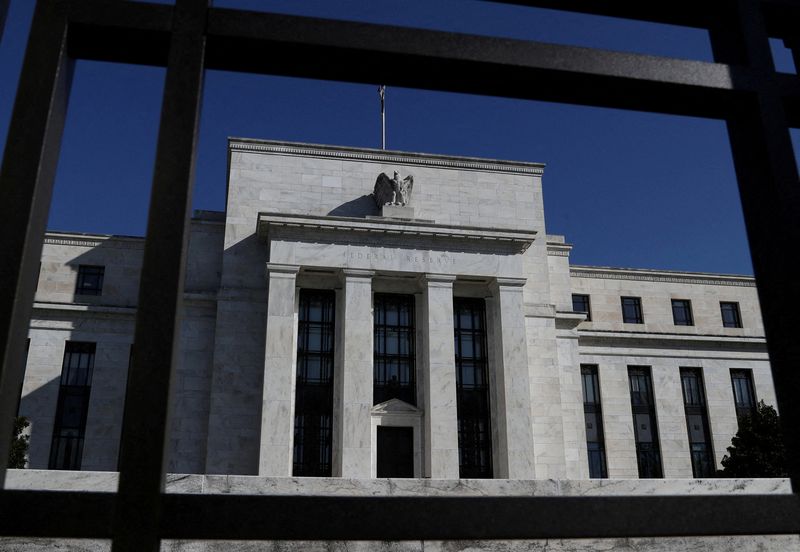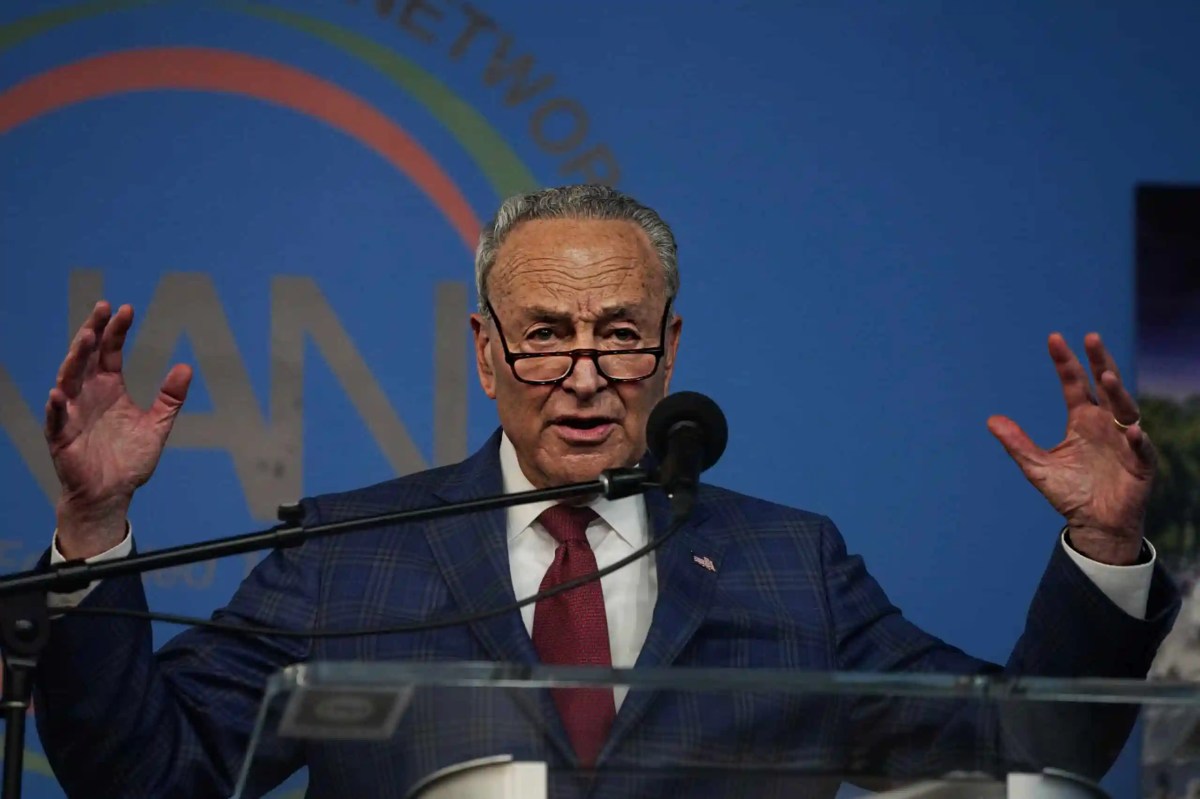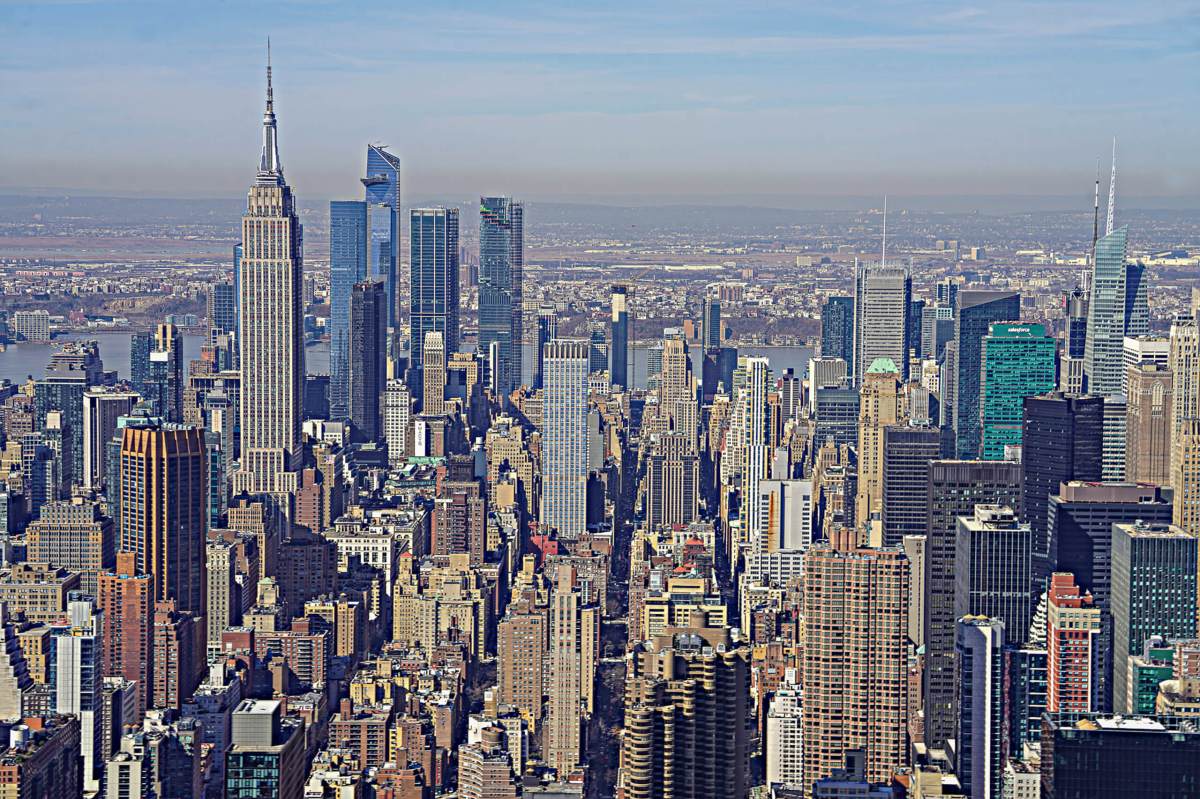FRANKFURT/TOKYO/WASHINGTON (Reuters) – Today’s central bankers have the unenviable task of weaning a pandemic-hit global economy off cheap money amid unprecedented sovereign debt levels and with asset prices inflated by years of stimulus and near-zero interest rates.
What’s more, the risk of errors may be all the greater given that many of them have no experience of raising interest rates – and hardly any have ever had to do it in the face of inflation at multi-year highs and pushing way beyond target.
“Even in the old days, when inflation-fighting was every central banker’s job, it proved extremely difficult to pull off a ‘soft landing’ that would bring inflation down without causing a recession,” said Peter Ireland, an economics professor at Boston College.
Before the current price spikes brought on by surging energy costs, snags in global supply chains and a generalised demand-supply mismatch as the world economy emerges from last year’s lockdowns, inflation had been on the back burner for years.
Factors ranging from technology, cheap Chinese exports, population aging and global recessions have all been cited as behind the fall from the double-digit heights of the 1980s to the 2% or less that most major economies had become used to.
While some of today’s central bankers were around for a modest – and swiftly reversed – rate-hiking cycle in the second half of the last decade, some don’t even have that to draw on.
None of the Bank of Japan’s current nine-member board has ever instituted a hike. Even Deputy Governor Masayoshi Amamiya was in a non-policy-making role for the last rate increase in 2007 to counter what proved a short-lived reprieve from deflation.
At the European Central Bank, Dutch central bank chief Klaas Knot had been in office for less than two weeks when the ECB last raised interest rates in 2011. He is the only member of the current 25-head Governing Council to have tasted such action.
Some suggest the fact the two 2011 hikes – made on the eve of the euro zone debt crisis – have gone down in history as the ECB’s biggest policy error in two decades of existence could create a “once bitten twice shy” mentality.
“There is indeed a risk of a policy mistake of being too dovish for too long, partly because of institutional memory,” ING economist Carsten Brzeski said.
“Even if these policymakers were not around, the institution will always remember the 2011 mistake or the 2008 hike,” he said of a separate rate hike cycle on the eve of the global financial crisis which also had to be quickly reversed.
Main Fed, ECB, BOJ rates https://fingfx.thomsonreuters.com/gfx/mkt/zdvxoqmlbpx/Pasted%20image%201643100080295.png
MISGIVINGS
With the exception of Gov. Chris Waller, the Fed’s current policymakers were in their present jobs for at least part of a rate hiking cycle that ran from late 2015 to the end of 2018.
But that round of rate increases was different in scale to the inflation wars fought by earlier Fed leaders, most famously Paul Volcker’s move in 1980 to head off spiralling prices with a record 20% benchmark rate, albeit at the cost of deep recession.
The most recent cycle was slow to get going – with a single quarter point rate increase in 2015 and no more until a year later – and stalled in 2019 with the short-term interest rate set in a range between 2.25-2.5%, low by historic standards.
Even then, there were misgivings. The current nominee to be vice chair, Gov. Lael Brainard, later saw the decision to raise rates from the zero lower bound as something that may have led to an “unwarranted loss of opportunity for many Americans”.
With U.S. inflation now at multi-decade highs and more than twice the Fed’s 2% target, some analysts predict they may end up doing something the bank has not done in more than two decades – raise rates by a half a percentage point in one go.
Even inflation hawks like Waller acknowledge that such a move – which at least for now is not in the cards – would be a shock to today’s financial markets, used as they are to a low-inflation, low-interest rate combination.
POLITICAL MASTERS
Other central banks in G7 economies such as Britain and Canada also went through some policy-tightening towards the end of the 2010s and the Bank of England has already committed a fresh 15-basis point rise last month.
In the decade between the global financial crisis and the pandemic, the Bank of Canada took rates from 0.25% to 1.75% by March 2020; over the same period, Bank of England rates only got as high as 0.75%, a rise of barely 25 basis points.
BoE Governor Andrew Bailey at one point in November felt compelled to state that “we are in the price stability business”, in an attempt to quell market concerns his bank was reluctant to act.
Any hesitations among the current generation of central bankers about turning the screw on borrowing rates may be compounded by a newly pressing factor: the huge debt pile created by pandemic-era emergency stimulus programmes.
In 2020, the largest ever one-year surge since World War II put global debt at $226 trillion, with debt held by governments alone rising to a record 99% of global output.
At those levels, even a small move by central bankers to raise the cost of borrowing will be felt by national treasuries.
“It’s not so much that they (the bankers) will be reluctant but that their political masters will start making noises quickly,” Charles Goodhart, who served on the Bank of England’s Monetary Policy Committee between 1997 and 2000, told Reuters.
“So if they become very unhappy, it tends to feed back to you, and of course they will become unhappy.”
(Reporting by Balazs Koranyi in Frankfurt; Howard Schneider in Washington; Leika Kihara in Tokyo; William Schomberg and David Milliken in London; Julie Gordon in Ottawa; Writing by Mark John; Editing by Susan Fenton)





















